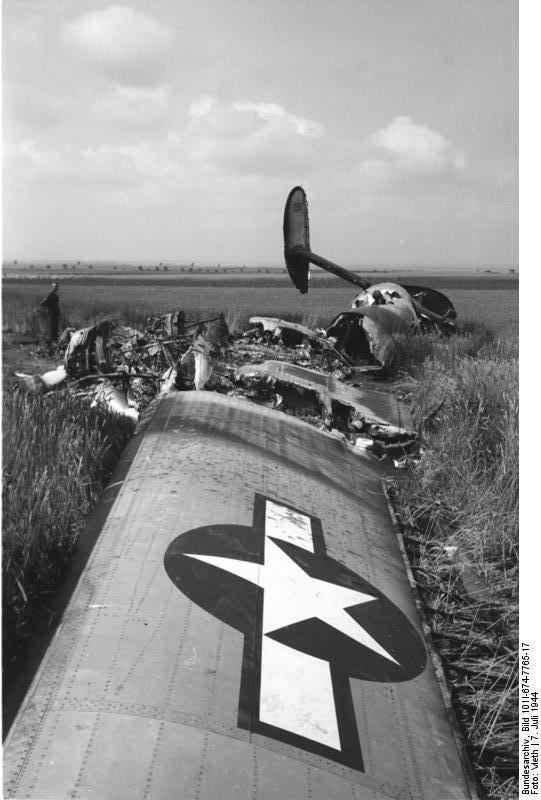Years of service 1939–45 Name Willy Unger | ||
 | ||
Battles/wars World War IIDefense of the Reich | ||
Willy Unger (27 March 1920 – 23 June 2005) was a German Luftwaffe ace and recipient of the Knight's Cross of the Iron Cross during World War II. The Knight's Cross of the Iron Cross was awarded to recognise extreme battlefield bravery or successful military leadership. During his career he was credited with roughly 24 aerial victories—that is, 24 aerial combat encounters resulting in the destruction of the enemy aircraft.
Contents
Career
Willy Unger was born on 27 March 1920 in Warstein. Already as a teenager, he became a skilled glider pilot. In September 1939 he joined the Luftwaffe and was accepted as an aircraft mechanic (Flugzeugmechaniker) in spite of his qualifications as pilot. Only in early 1943 Unger began his training as a fighter pilot, being incorporated into the I./Jagdgeschwader 104 (JG 104—104th Fighter Wing). In December 1943 when he completing his training was promoted to Unteroffizier.
In January 1944, Unger was appointed to serve on 12./Jagdgeschwader 3 "Udet" (JG 3—3rd Fighter Wing), commanded by Major Franz Beyer (81 aerial victories and Knight's Cross recipient). He claimed his first victory on 11 April 1944, when he shot down a B-17 Flying Fortress. Later that month, Unger added a total of eight four-engine bombers shot down. On 8 May 1944 he was shot down by defensive fire from one of the B-17s, but managed to make a successful landing. Awarded the Ehrenpokal der Luftwaffe on 21 June 1944, Unger hit two B-24 Liberator over the town of Oschersleben on 7 July 1944, claiming his 10th and 11th victories.
On 3 August 1944 he shot down two further B-24s, but his Focke Wulf Fw 190A-8 was hit again, forcing him to abandon his aircraft. In August 1944 Unger vas awarded the German Cross in Gold. On 23 October 1944, when he accounted for a total of 19 four-engine bombers, the Oberfeldwebel Willi Unger was awarded the Knight's Cross of the Iron Cross. Promoted to Leutnant (second lieutenant) in December 1944, Unger was transferred to III./JG 3 on the Eastern Front in February 1945. On this front, he would claim his last three victories of the war. At the end of March 1945, he was transferred to Jagdgeschwader 7 "Nowotny" (JG 7—7th Fighter Wing) operating the revolutionary Messerschmitt Me 262 jet fighter without claiming further aerial victories.
Willy Unger was captured by American forces in May 1945 and was released later that month. During his career he was credited with between 22–24 aerial victories in 59 missions. He recorded at least 21 victories over the Western Front, all four-engine bombers. Willi Unger died on 23 June 2005 in the town of Warstein, at 85 years of age.
